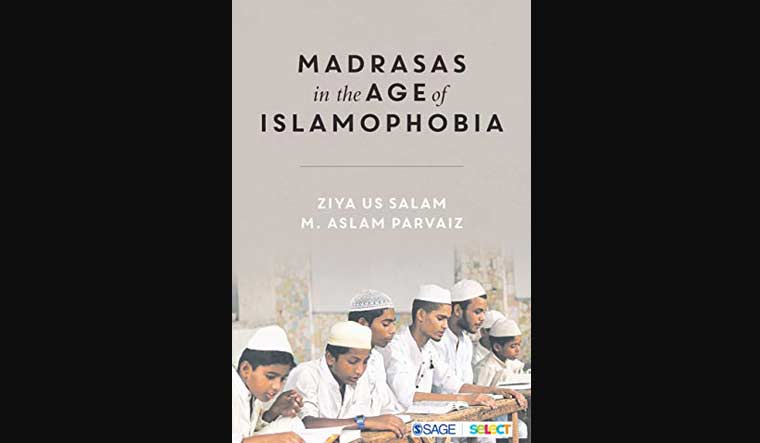Madrasa Aliya in Rampur in Uttar Pradesh was unlike many others. In the Islamic month of Shabaan, there was always a graduation day—may not be the kind the Americans have given the world, but believers in the religion, nevertheless, gathered and cheered the new graduates, the new hafiz. And the rush to send their wards to this over 200-year-old madrasa was always there. For reasons that will surprise many. It was widely believed that Raja Ram Mohan Roy, had studied at the Madrasa Aliya. Nobody asked how and when he arrived there or what he studied there, but the fact of a historical association with the cherished social reformer was magnetic enough.
It transpires Ram Mohan Roy actually went to a Madrasa Aliya in Bengal! And later he went to Madrasa Mujibida in Phulwari Sharif in Patna. In these madrasas, he learnt Persian, and mastered Arabic to the extent that he could read the Quran without a maulvi's help. He studied the works of medieval Sufis, and the Arabic translations of Aristotle and Plato.
It is another matter that the Rampur madrasa that pulled students because of Roy's association with a namesake was pulled down six years ago following a dispute between the members of the madrasa trust and the then local MLA—now Lok Sabha MP—Azam Khan of the Samajwadi Party.
Ziya Us Salam and M. Aslam Parvaiz in their book, Madrasas in the Age of Islamophobia trace the history of madrasas worldwide and zero in on those in India. They say that while they have been charged by the BJP with breeding terrorists, their tumbledown facilities ensure nothing can be taught there, with many of those who are to teach often out with their bedsheets or towels spread out seeking funding, supposedly to run their madrasas. These, however, remain the only schools that the poor in the community could afford. And no evidence has yet been adduced to substantiate that any madrasas has bred terrorists.
Before independence, it was the British divide and rule policy that resulted in there being no convergence of the regular public schools that taught a different curriculum, and the madrasas which taught the Quran and Arabic. Salam and Parvaiz point to the pathetic state of the madrasas, and seem particularly upset over the way the young minds are trained just to learn by rote, without understanding the Holy Book.
Interestingly, as the authors trace the decline of the madrasas in the north, they are all praise for those in the south, particularly in Kerala where Islam reached during the lifetime of the Prophet.
Here, they write, knowledge is not confined to the Quran or the Hadith, but is all encompassing—including medicine, engineering and language.
While the word “madrasa” itself evokes many shades of understanding, this paperback puts the Indian madrasas in a historical context and 360 degrees perspective.
Name: Madrasas in the Age of Islamophobia
Authors: Ziya Us Salam and M Aslam Parvaiz
Publishers: Sage
Pages 180
Price Rs 395



